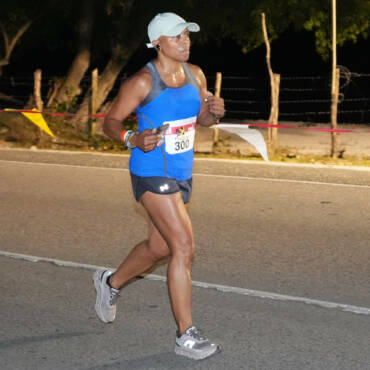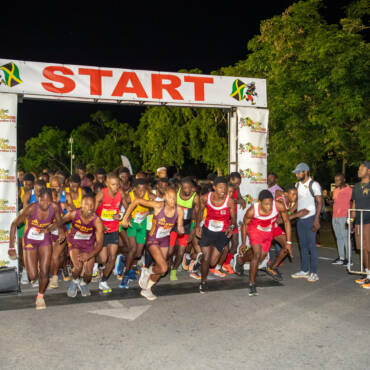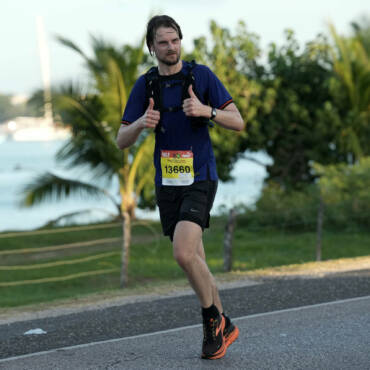“Is the minimalist running trend over?”
That was the headline of an article I read recently and it got me thinking once again about the debate around mid-foot or fore-foot running versus heel-strike running. As is often the case, there’s an awful lot of talk around this subject but not much science. In his best-selling book, Born to Run, Christopher McDougall shares the story of the Taramuhara Indians of the Copper Canyon region of Mexico who are able to run for days up and down steep dirt tracks wearing only minimal thong-like footwear. The minimalist-footwear camp almost diefy’s this story and so the explosion of minimalist down to barefoot running.
More recently a number of running shoe manufacturers have launched ‘super support’ running shoes that move in absolutely the opposite direction and have ‘pumped up’ the mid-sole. Think platform shoes. Who’s right?
As usual there is no right answer. Running style is a function of a lot of factors: body style and weight being major factors that influence running. We all can’t be elite marathoners in real life even though we are in our minds. To help shed some light on the issue, I found a number or articles on midfoot, forefoot and everything in between:




The minimalist trend likely isn’t over. The debate on what the best running technique has stimulated conversation and has contributed to shoe manufacturers offering lots of choice making it easier to match your technique with the right shoe. So get out running. We’ll see you on the street!
Until next time…
Reggae Marathon RunninGuy (aka Sugar ‘Tuff Gong’ Bong)
++++++
For more information check the Reggae Marathon Web Site.
Click here for more details on Reggae Marathon’s Abe Issa Award for Excellence.
This is a link to the Official Reggae Marathon 2012 Race Video.



